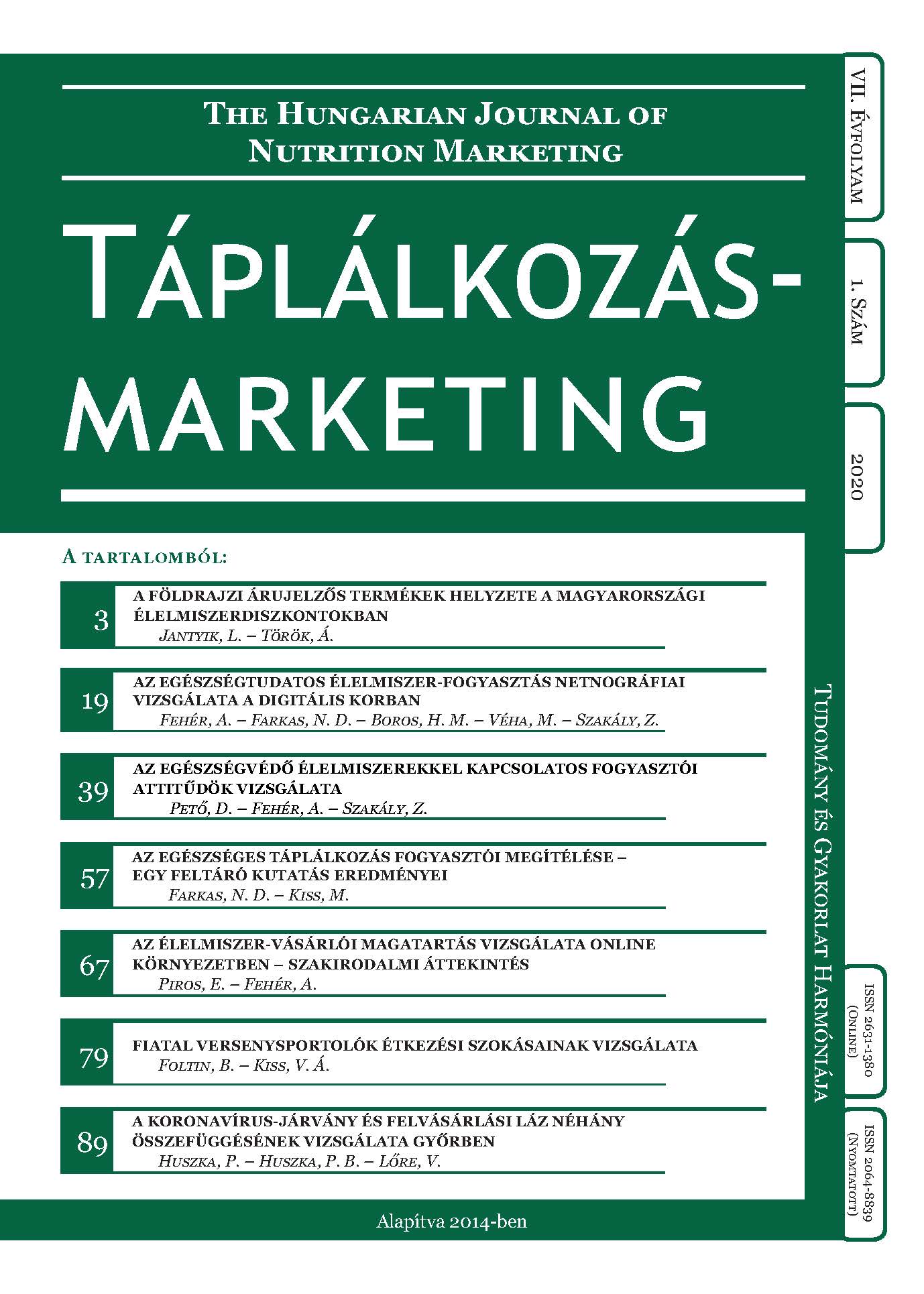Analysis of Food Consumer Behavior in Online Environment – Literature Review
Authors
View
License

This work is licensed under a Creative Commons Attribution-NoDerivatives 4.0 International License.
How To Cite
Abstract
Nowadays new, alternative forms of sales such as parcel delivery, direct sales, telephone and the internet are playing an increasingly important role in commerce. Relevant literature and statistics prove the success of e-commerce at national and international levels. Our goal is to identify a segment of online sales where this performance is still low. Online grocery shopping has not been integrated into consumers’ life so far, compared to other market-leading product categories (clothing, footwear). During the secondary research, we conducted extensive literature analysis using national and international sources. Our main goal was to answer the questions about which product categories are popular during online shopping and what are the factors behind the development of online consumer preferences in the FMCG product categories, which are the influential advantages and disadvantages of packaged and fresh foods, and which are the sources of information that most impact customers. Overall, worldwide categories such as travel, books, music, events, fashion, IT / mobile, electronics are the most preferred product categories among consumers in the online retail environment. From its previously neglected position, online grocery shopping has grown and become one of the fastest growing area in the world. Factors behind increasing consumer interest include convenience, home delivery, 24-hour availability of online stores, and avoiding queuing. In addition, customers can easily access information before ordering through a variety of marketing communications tools. The most common information gathering tools are digital channels.
JEL Classification: M31, Q13


 https://doi.org/10.20494/TM/7/1/5
https://doi.org/10.20494/TM/7/1/5





